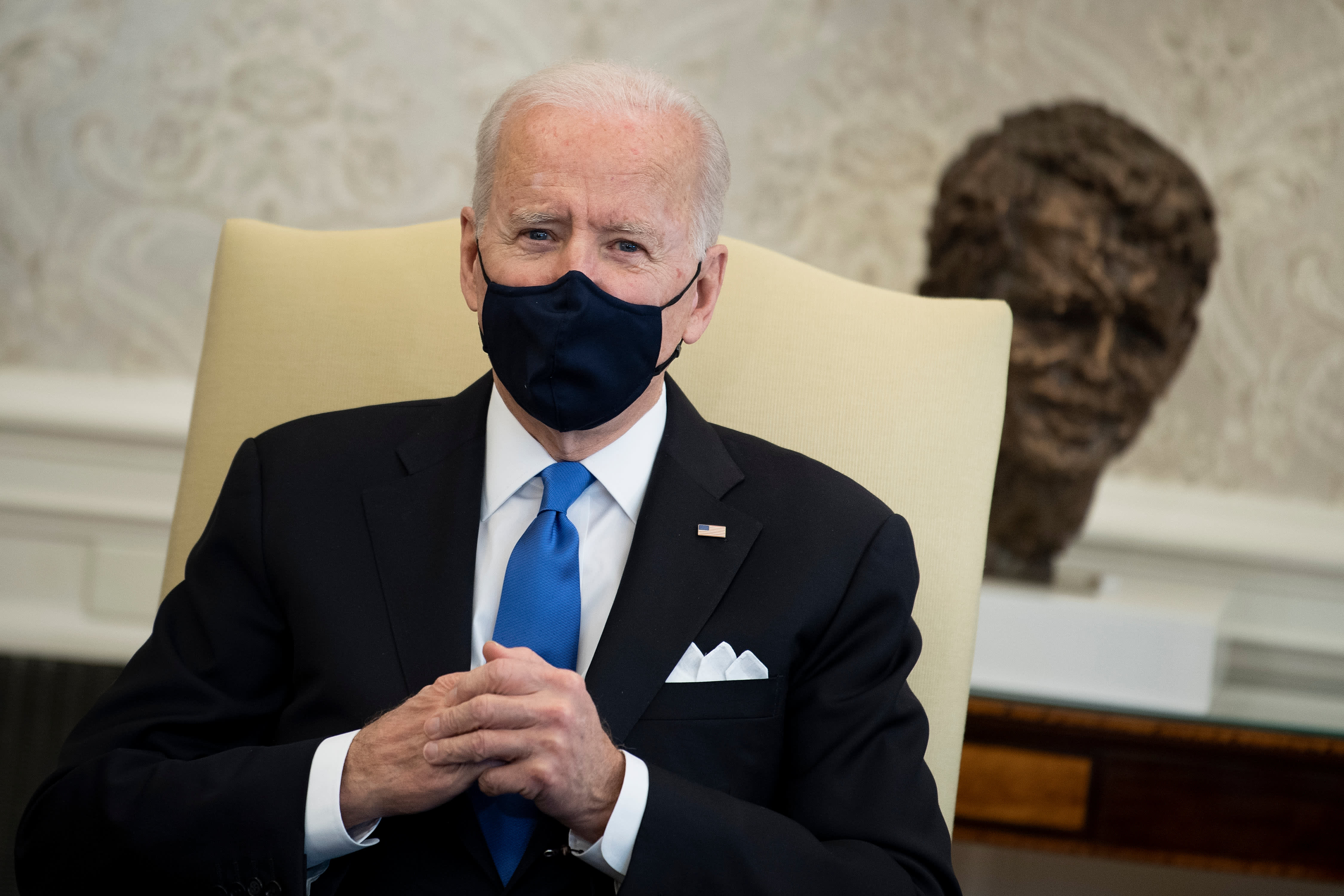
After hearing that Senate Democrats may limit who can receive the $1,400 stimulus payment included in the American Rescue Plan, Marissa Ortega’s heart dropped.
The 25-year-old Washington D.C. resident had planned to use the money to rebuild her savings account after supporting her mother, grandmother and aunt over the past year. Ortega makes good money as a software engineer and hasn’t lost work during the pandemic. But she has had to send thousands of dollars to her family members — the three women, who raised Ortega, live in the same house in Texas — to help them with their own Covid-related financial issues.
She is one of many Americans frustrated that the Senate may change the income limits for the $1,400 stimulus payment. In the bill passed by the House, the direct payments phase out completely for individuals earning $100,000 or more in adjusted gross income (AGI) per year, $120,000 for single parents and $200,000 for couples (who would get $2,800). The Senate is reportedly changing the limit so that no individual earning over $80,000 and no couple earning over $160,000 will receive one.
The result: An estimated 12 million fewer adults and 4.6 million fewer children would be eligible for the third stimulus payment. And an estimated $12 billion shaved off of the $1.9 trillion relief bill.
The lower income limit to receive the full amount — up to $75,000 for individuals, $112,500 for single parents and $150,000 for couples — currently remains the same. This is the second time Democrats have reportedly debated lowering the income thresholds for the third direct payment. Ortega says that would be a mistake.
“It may not look like people with higher incomes are hurting, but there is a ton an income just doesn’t tell you,” Ortega says. “I know I’m not the only one who has added expenses from the pandemic.”
White House Press Secretary Jen Psaki defended the changes in a press conference Thursday, saying that 98% of Americans who received the second stimulus payment will still qualify for the third one, an assertion supported by estimates from the Penn-Wharton Budget Model. She also said that the $1,400 check will net many families significantly more money than the $600 payments. Of course, the latter point would stand if the income limits remained the same.
Still, Ortega says it seems like President Joe Biden is reneging on his promise to send $2,000 checks to financially struggling Americans.
“Now it’s no longer $2,000, it’s $1,400,” she says. “And now they are changing the limit, changing who gets it. Is it the same check? Obviously not.”
‘A slap in the face’
Heather Jackson, 42, has also not lost income during the pandemic and will still qualify for the payment, but says the cutoffs are arbitrary and hurt families like hers. Jackson has seven children and worries for other parents just above the income thresholds.
The Indiana resident says that child-care costs have increased for many families during the pandemic, as have the costs of basic goods. It doesn’t make sense for a couple with no children and an income of $150,000 to receive $2,800, while a couple with dependents earning a bit over $160,000 get nothing, she says.
Anyone with kids who meets the income eligibility requirements will receive $1,400 for each child dependent, as well as each adult dependent.
Rosemarie McKinney, 52, says the change is akin to a “slap in the face” for middle-class Americans who do not qualify for other public assistance like SNAP benefits, but have had to shoulder increased costs for food and other essentials during the pandemic.
“I certainly don’t want to be seen as resentful of people with limited means,” says McKinney, who lives in New York state. “But, to limit the threshold of those who would be eligible for this stimulus is just ridiculous with all the porkbarrel spending that’s going [toward] special ‘projects.'”
Don’t miss:
Check out: The best credit cards for building credit of 2021




